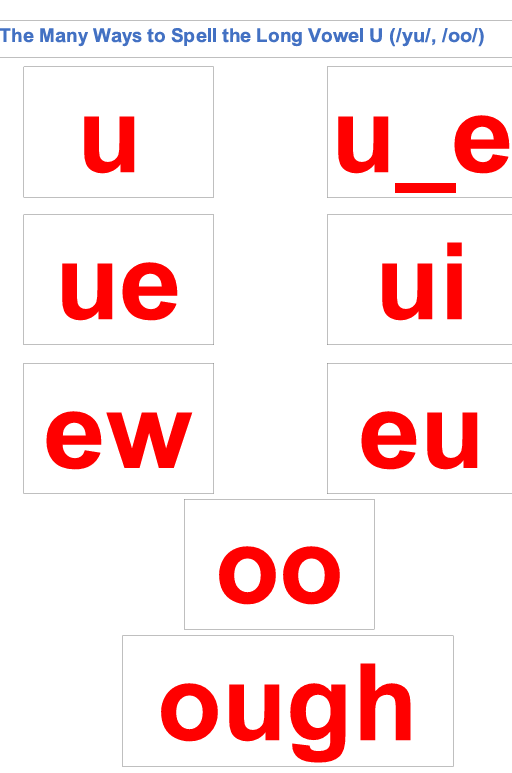Kids use phonic sounds to read by sight
- Brian Vieira
- Jun 30
- 2 min read

The term "sight word" (as it's currently used) refers to a set of irregularly spelled words that students are taught to memorize. However, the proper—and more comprehensive—definition of a sight word is any word that can be recognized and read instantly and accurately without decoding. Fluency and comprehension are impossible until students can read by sight (instant recognition). So, the question begs to be answered: How do words become sight words? How do kids learn to read words automatically and accurately?
The answer lies in decades of documented neuroscience and meticulous scientific reading research: kids learn to read by sight by learning to read by sound. This robust scientific foundation provides a deep understanding of how kids automatically remember, recognize, and read words by storing them in (and downloading them from) their "orthographic" or letter-sound spelling memories.
How do kids store words in their mental dictionaries for immediate access? Kids store words the way the brain processes and retains words. Our brains hear words and rapidly segment them into syllabic and phonemic speech sounds. Then, the brain blends those sounds into sequences that make sense. Once the brain knows that alphabetic symbols represent speech sounds, it maps or labels each sound with its corresponding letter (or letters). Phonics is the method we use to teach kids how to map letters and words to speech sounds.
This process of storing and labeling speech sounds as letters and sound sequences as words is what we refer to as "orthographic memory" or a mental dictionary of sounds and spellings. When students with rich mental dictionaries see printed words and begin to "sound" or spell them out, orthographic memory (or the stored mental representation of the word's sound and spelling) activates and "maps" the mental dictionary's reference with the printed word.
This is where structured instruction in alphabetical and phonemic awareness plays a crucial role. Words in the brain link to words in print, and after a few repetitions, the printed word becomes stored as a "sight word," or a word that can be recognized and read instantly and accurately.
Why should we labor to help our students develop orthographic mapping skills? Orthographic mapping is the key to developing sight word reading, which is the key to fluency. As literacy instructors, we are pivotal in leading students to the deep and wonderful wells of reading comprehension. But the path to comprehension begins with fluency, and the path to fluency begins with sight word learning. However, as science has exhaustively demonstrated, instant recognition (or sight word learning) does NOT start by memorizing words but by learning, understanding, and applying the sound-symbol structure that undergirds our alphabetic, phonemic, and morphemic writing system. We help our students read by sight by teaching them how to read by sound.





Comments